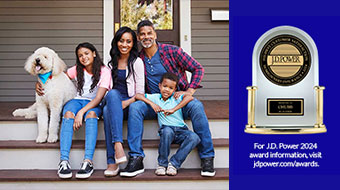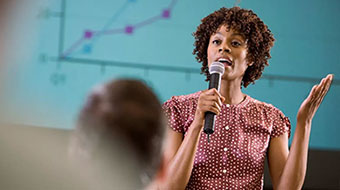- Individuals & Families
- Businesses
- Agents & Brokers
- Embedded Insurance

Chubb ranked #1 for Homeowners Insurance Customer Satisfaction.

Chubb ranked #1 for Homeowners Insurance Customer Satisfaction.

Chubb ranked #1 for Homeowners Insurance Customer Satisfaction.

Chubb ranked #1 for Homeowners Insurance Customer Satisfaction.

Because pets are family, Chubb now offers pet insurance with top-rated coverage from Healthy Paws.

Chubb offers the insurance protection you need for travel’s many “what ifs”.

Chubb protects small businesses at every stage – from newly formed start-ups to long-time anchors of the community.

Stay ahead of cyber threats with our free Cyber Claims Landscape Report.

Learn more about our dedicated learning paths, Online Learning Center, and more.

Many digital-savvy consumers look for it as a core or add-on option.

Many digital-savvy consumers look for it as a core or add-on option.

Many digital-savvy consumers look for it as a core or add-on option.

Chubb’s in-house technology makes it easy to integrate what we do into your customer experience.
-
About
-
Claims
-
Login & Pay Bill
For Agents & BrokersFor Travel Advisors
-
Back
Green Buildings
High performance buildings are becoming the norm for how built environment is transforming the market. The U.S. Green Building Council reports that buildings are responsible for 40% of total energy use, 72% of primary electricity consumption, 39% of CO2 emissions, and nearly 14% of potable water use. The green building movement is making an impact on these statistics.
We applaud your vision for driving sustainability. However, there are often unintended consequences that are not considered. There are potential issues associated with many projects including:
- Constructing on a brownfield site
- Implementing a cutting edge onsite water treatment system that could jeopardize your building's operations
- Installing a green roof
- Installing photovoltaic solar panels on top of your roof
- Using engineered beams made out of recycled wood particles
- Building with concrete made from fly ash
- Missing the opportunity to embrace building commissioning as an investment rather than an expense
Among our network of Chubb risk engineers are U.S. Green Building Council (USGBC) LEED Accredited Professionals. Let us share our knowledge of these high performance building features when you’re considering your next project.
Until recently, resiliency tended not to be a major consideration in high performance green buildings. Events such as Katrina and Sandy have begun to change this line of thinking within the green building movement.
Since 2008, Chubb risk engineering’s green building mantra has been, “You can’t have sustainability without resiliency”. We practice what we preach and are often part of our client’s new project charrette meetings in order to ‘bake in’ best practices.
We share your passion for a greener, cleaner future. Take advantage of our expertise so that your best intentions don’t become irreversible issues, or worse unintended hazards. Talk to your agent or broker to learn more about the Chubb difference.

